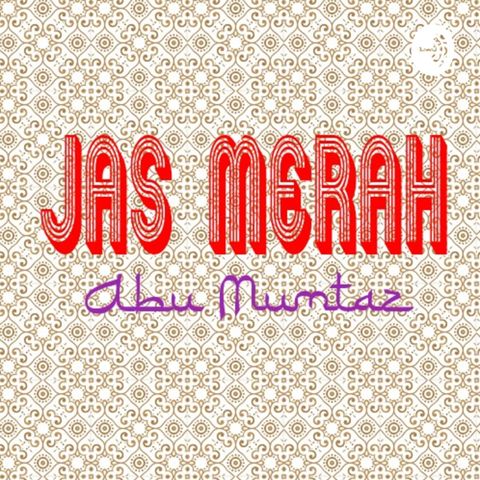Episode 03 - Prehistoric Human Life in Indonesia

Descarga y escucha en cualquier lugar
Descarga tus episodios favoritos y disfrútalos, ¡dondequiera que estés! Regístrate o inicia sesión ahora para acceder a la escucha sin conexión.
Descripción
Welcome to Islamic senior High School Al Ghozali podcast. Host and Founder is My Brother Liyas Syarifuddin, ok our beloved listeners, in this occasion we will study about Human Life...
mostra másThe life of the people (humans) in prehistoric times is divided into 3 periods. that is:
A. The Time of Hunting and gathering (Food Gathering)
At this time humans are still physically limited in their efforts in dealing with natural conditions. The level of human thinking that is still low causes his life to move places and depend his life on nature by hunting and gathering food. Praaksara humans can already use simple tools in gathering food. The aids are made of simple sharpened stone, bones. or wood. The characteristics of this era are:
1. The eyes of hunting and gathering food
2. Life move around and not settled (nomadic)
3. Place of residence: caves
4. The tools used are made of stone which is still rough, bones and deer antlers such as: the ax ax, shale tools, bone tools, hand ax
B. The period of farming (Food Producing)
Enter the Neolithic era. human thinking ability begins to develop. So that an effort arises to prepare an adequate supply of foodstuffs in a certain period. In these efforts, humans grow crops and are no longer dependent on nature.
The characteristics of this era are:
1. Has begun to settle
2. Good at making a house as a place to live
3. How to produce food by growing crops or having land
4. Began to form community groups
5. Tools made of wood. horns, bones, bamboo, clay and stone
6. The tools have been sprayed / honed
7. This farming era coincided with the Neolithic era (young stone age) and the Megalithic Age (big stone age)
C. The Carpenters Period
At this time people are familiar with metal processing techniques. The place for metal processing is called perundagian and the person who is skilled at doing it is called Undagi.
1. Humans have been good at making metal tools with special skills and expertise
2. Already know paddy fields
3. Equipment produced: ax funnel. nekara, knives, plows and metal farming tools
4. Has reached a steady level of socio-economic development
There are two ways of making metal, namely mold III (a cire perdue); the object in question is made of wax and covered with wet clay. then burned, Illin melted from the hole made at the bottom. The mold is finished made, liquid metal is poured into oil, after the cold mold is broken. The second is a bivalve mold, using a mold made from wet clay. After drying the molten metal is poured into it and allowed to stand until it is cold then the mold is opened.
The dating period is divided into three eras, namely:
1. Copper Age
At this time humans use copper as a cultural tool that is only known in some parts of the world. In Southeast Asia, especially Indonesia, there is no known copper age. This is evidenced by the absence of artifacts made and copper.
2. Bronze Age
One can mix copper with tin so that a harder metal is obtained. The bronze objects found in Indonesia show similarities to the findings in Dongson (Vietnam), both the shape and pattern of the decoration. This has led to allegations about the cultural relationship that developed in Dongson with Indonesia.
3. Iron Age
At this time people have been able to melt iron to be poured into the tools needed, at this time in Indonesia there are not many tools made of iron, only a few such as funnel axes, nekara, knives, plows and metal farming tools. Between the Neolithicum and the metal age megalithic culture flourished. that is, culture that uses big boulders as a tool. even the pinnacle of megalithic culture was precisely in the metal age.
Examples of Megalithic culture results:
Dolmen are stone tables where offerings are offered to the spirits of the ancestors. Sarcophagus is a place for storing bodies. Generally made of stone. Sarcophagi are often stored above the ground, therefore sarcophagi are often carved. care
---
This episode is sponsored by
· Anchor: The easiest way to make a podcast. https://anchor.fm/app
Support this podcast: https://anchor.fm/abu-mumtaz/support
Información
| Autor | Kursus Bahasa Arab (KURBA) |
| Organización | Kursus Bahasa Arab (KURBA) |
| Página web | - |
| Etiquetas |
-
|
Copyright 2024 - Spreaker Inc. an iHeartMedia Company

Comentarios